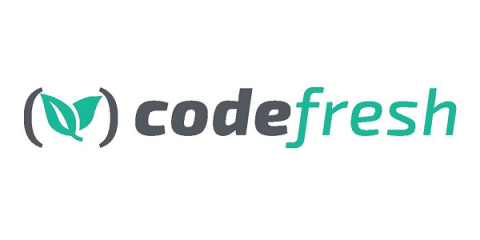Let's get $100M Serious about Open Source
We as a company, and I as a human have been enormous beneficiaries of open source. I remember as a kid, my brothers setup a Renegade BBS so other people could call our computer. A few years later I built my first server running on NetBSD. And of course, we all used the internet. Open source has powered so much of my life. I still remember my first accepted open-source contribution, it was an incredibly minor fix for an HTML5 Quake game, but wow was I proud.











